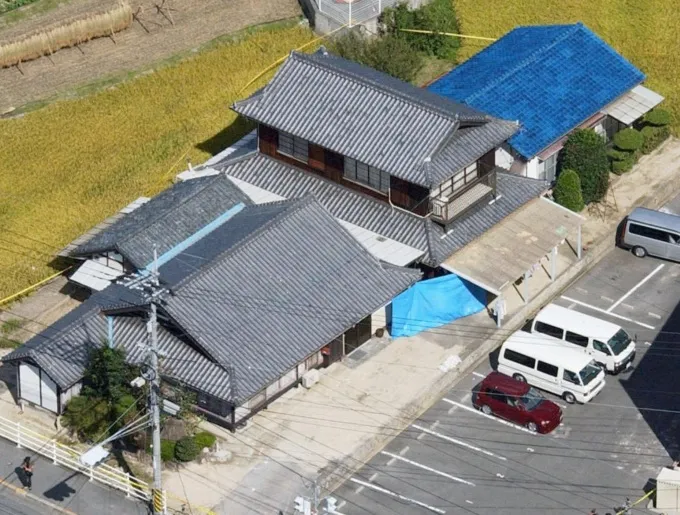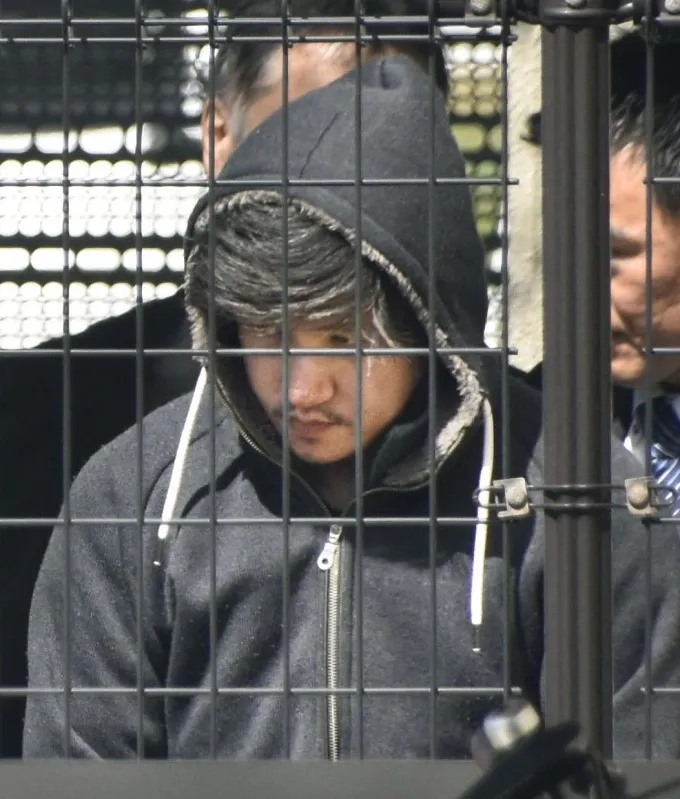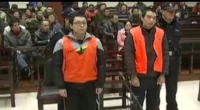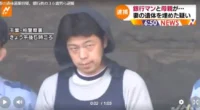The case of female student Satomi Kitaguchi murdered by an intruder in 2004 is one of the most famous mysterious cases in Japan, with the perpetrator unidentified for 14 years.
On October 5, 2004, after finishing the exam, Satomi Kitaguchi, 17 years old, was released from school three hours early and returned home to Hatsukaichi City, Hiroshima Prefecture at around 1:00 p.m.
Because she had to go to work at 5:00 p.m., after lunch, Satomi returned to her room. Her grandmother, Michiyo, 72 years old, and her younger sister, who is in elementary school, still watch TV in the living room. Satomi’s family house is a complex of two connected main and annex houses. Satomi’s room is on the second floor of the annex and the living room is in the main house.
At 3:00 p.m., hearing Satomi’s screams, she and her sister rushed to see and saw Satomi dead on the stairs with many injuries. A strange man holding a knife stood next to her and immediately stabbed Ms. Michiyo. Satomi’s younger sister panicked and rushed out of the house, running to a nearby bonsai shop to ask for help. Too scared, the girl could only repeat the phrase “I’ve been stabbed” to the first person she met.

Ms. Michiyo was stabbed four times, treatment took a month.
The police collected a number of shoe prints 26-27 cm long on Satomi’s bedroom floor, believed to have been left by the perpetrator when he hastily fled, thereby determining the shoe brand and model based on the sole pattern.
In addition, the police also found a fingerprint that did not belong to any family member at the scene, and obtained the perpetrator’s DNA sample from a piece of skin in Satomi’s fingernail.
The most important point is that Satomi’s grandmother and sister both saw the murderer’s appearance. Based on the description of the two people, the police determined that this person was about 20 years old, with short hair, about 165 cm tall, strong body, and long small eyes.
The police surveyed the terrain around Satomi’s house, determining two routes that the perpetrator could choose to escape: go through the neighboring residential areas on the left and then flee along the riverbank; or turn right onto the main road. As long as there are witnesses and the perpetrator’s escape direction can be determined, the police can deduce whether this is a crime committed by an acquaintance or not based on his familiarity with the terrain.
However, because it was Tuesday, everyone was busy going to work and school, and there were very few people on the street, so finding witnesses was not convenient. Despite having many clues in hand, the police are still deadlocked. The perpetrator seems to have disappeared from the locality.
The National Police Agency offered a reward of three million yen to anyone who provides clues to help find the killer, and announcement posters were posted all over the streets. In the years that followed, they investigated more than 40,000 people. The victim’s family also tried to keep the case from being forgotten by distributing flyers in shopping malls and writing blogs about the murder.
In 2014, a former FBI investigator was invited to assist in the investigation and analysis of the perpetrator’s criminal motives, and at the same time combined portrait photos of that year and the latest scientific and technological methods to draw a portrait of the perpetrator after 10 years.
However, in 2018, 14 years after Satomi was murdered, the case had an important turning point. Accordingly, in April 2018, Yamaguchi Prefectural Police received a call from a construction company employee, saying there was violence at work, hoping the police would come and handle it. He said his supervisor, Manabu Kashima, 35 years old, often beat employees when angry. Everyone was scared but no one dared to report the incident. And the male worker decided to speak up after being kicked hard by Kashima.
Originally a small dispute, after the police came to the rescue, both sides agreed to conciliation. However, according to the procedure, the police still have to make a record and take statements. When preparing to take fingerprints, Kashima clearly showed anxiety and insecurity, attracting the police’s attention.
Kashima’s fingerprints were immediately compared in the database, resulting in a match with the fingerprint of the suspect who murdered female student Satomi 14 years ago. After that, the DNA comparison results were also completely consistent.
Kashima was arrested on April 13 on charges of murder, rape and attempted murder. During subsequent interrogation, Kashima confessed to the crime.

According to testimony, in 2004, Kashima worked at a metal processing company in Hagi City, living alone in a dormitory near his workplace. After a long time of being under a lot of work pressure with no place to relieve it, Kashima suddenly wanted to leave everything behind and go to Akihabara, Tokyo.
On the way to Tokyo, passing Hiroshima, he changed his mind. While standing on the side of the road, Kashima saw Satomi coming home from school, and suddenly had the idea of following her home, looking for an opportunity to rape her. He broke into Satomi’s house, went to the second floor, and attacked the female student. Meeting resistance, he brandished a knife to commit the crime.
In March 2020, Kashima was sentenced to life in prison by the Hiroshima Prefectural Court.









